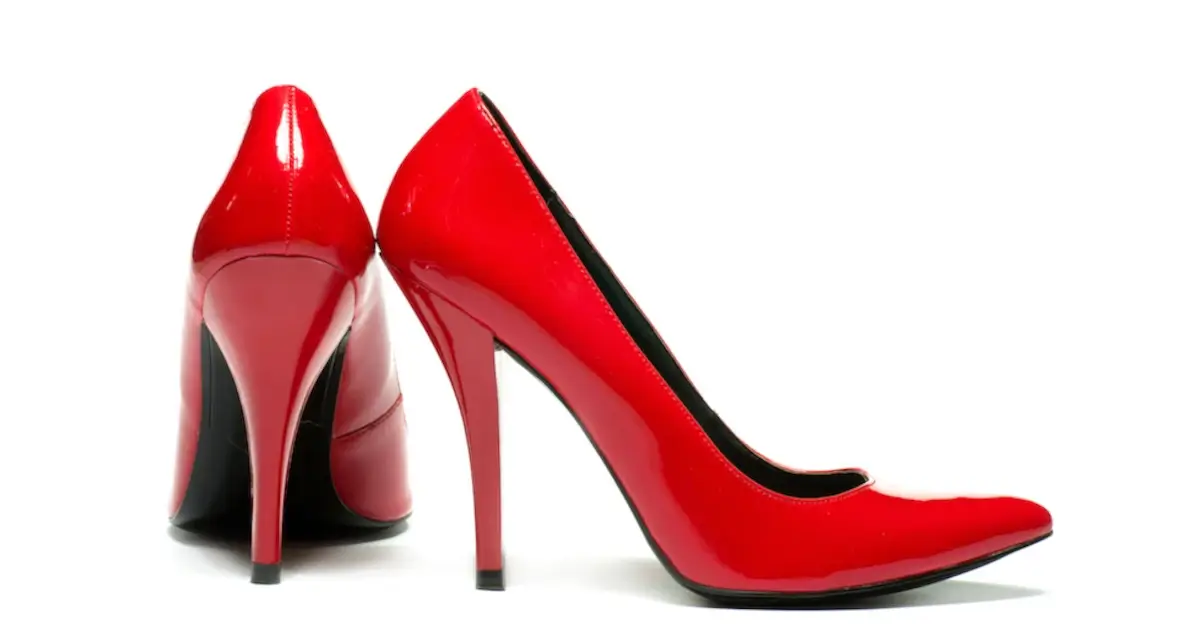If you’re of a certain age, you remember the world famous English model Twiggy, who looked exactly like her name. Later generations may recognize her as a judge on the reality TV program, America’s Next Top Model.
No matter how she resonates, Twiggy is once again making headlines. This time, in a February 2016 article from her native England with an anti-stiletto declaration. At age 66, Twiggy has completely ditched her customary high heels in favor of flat shoes. Why? She’s tired of the years spent enduring back pain.
In some circles, it’s all high heels all the time. In a 2014 study, The American Podiatric Medical Association (APMA) surveyed 1,000 U.S. adults, ages 18 and older. The survey revealed that nearly half of all women (49 percent) wear high heels, even though the majority of heel wearers (71 percent) complain that these shoes hurt their feet.
Many experts confirm that high heels not only hurt your feet but also throw off your body alignment. Wearing heels causes a shift in the foundation of the entire body, changing your balance. The feet slide forward, increasing the weight on the balls of the feet and causing the pelvis to tilt forward. This causes you to lean backwards to compensate, which increases the arch in the lower back, putting strain on your lumbar spine, hips and knees. It’s important to note that the higher the heels, the greater the strain on the body and the greater the negative consequences. This pressure on the spine can cause pain—from neck to back to foot—and result in sciatica. With sciatica, nerves become trapped, triggering pain and numbness down the legs to the feet.
Some experts, however, are not so sure high heels are the source of back problems. In a 2010 study in the Journal of Chiropractic Medicine, Brent S. Russell, DC, analyzed medical literature regarding the impact of high heels on back problems. Spine specialist Dr. Michael J. Musacchio, Jr., says that Russell concludes that the literature does not support the theory that wearing high heels causes back pain or increases the curvature of the spine. Russell also proposes that since both back pain and the wearing of high heel shoes are common, it makes it very difficult to determine a definitive causal relationship.
Musacchio concludes that while it is unclear whether high heels may or may not cause back pain, it is common for them to exacerbate an already present spine condition. Particularly in a patient who has arthritis or muscular strain, the increased stress and workload added to the spine will likely aggravate the pain. It can also result from foot or leg fatigue, affecting whole body mechanics.
Whether or not your heels are truly a source of back pain, here are some useful tips for making high-heeled life more comfortable and risk-free:
- Go with sensible heels. Heels that are three inches or less are the safest bet in preventing the compounded stress on the back and hips.
- Watch your posture. Keep a neutral stance: shoulders back, chest out and soft knees.
- Wear shoes that are the right size. If they are too big, the foot will slide forward, putting more pressure on the toes. Also, select a shoe with a wide enough toe box to allow you to wiggle your toes.
- Switch up your shoe choice. Go from three to two inch heels, and then flats. Or, carry your heels in a bag and put them on when the major walking is done. These are ways to give your feet a break whenever possible.
- Choose the best shoes. Try for the comfort compromise. Stiletto heels are fashionable, but they also have stiff soles. Wedge heels are easier to walk in with softer or cushioned soles.
Whether back pain comes from wearing high heels or other causes, at The Center for Musculoskeletal Disorders we treat back pain with highly personalized care. We stress non-surgical solutions whenever possible, and use state-of-the-art medical and surgical techniques to customize advanced treatments for our patients’ needs. Don’t live in pain.

